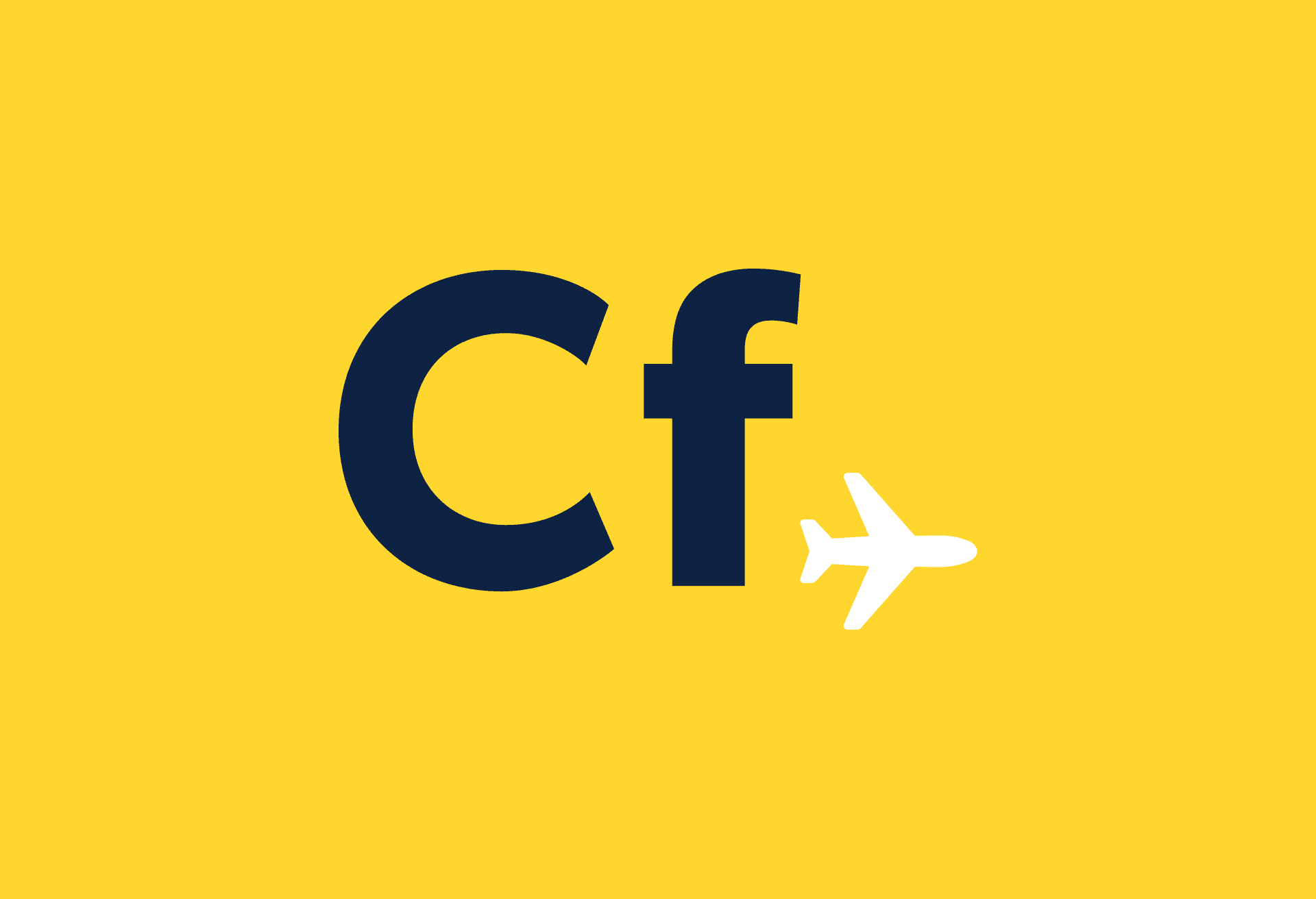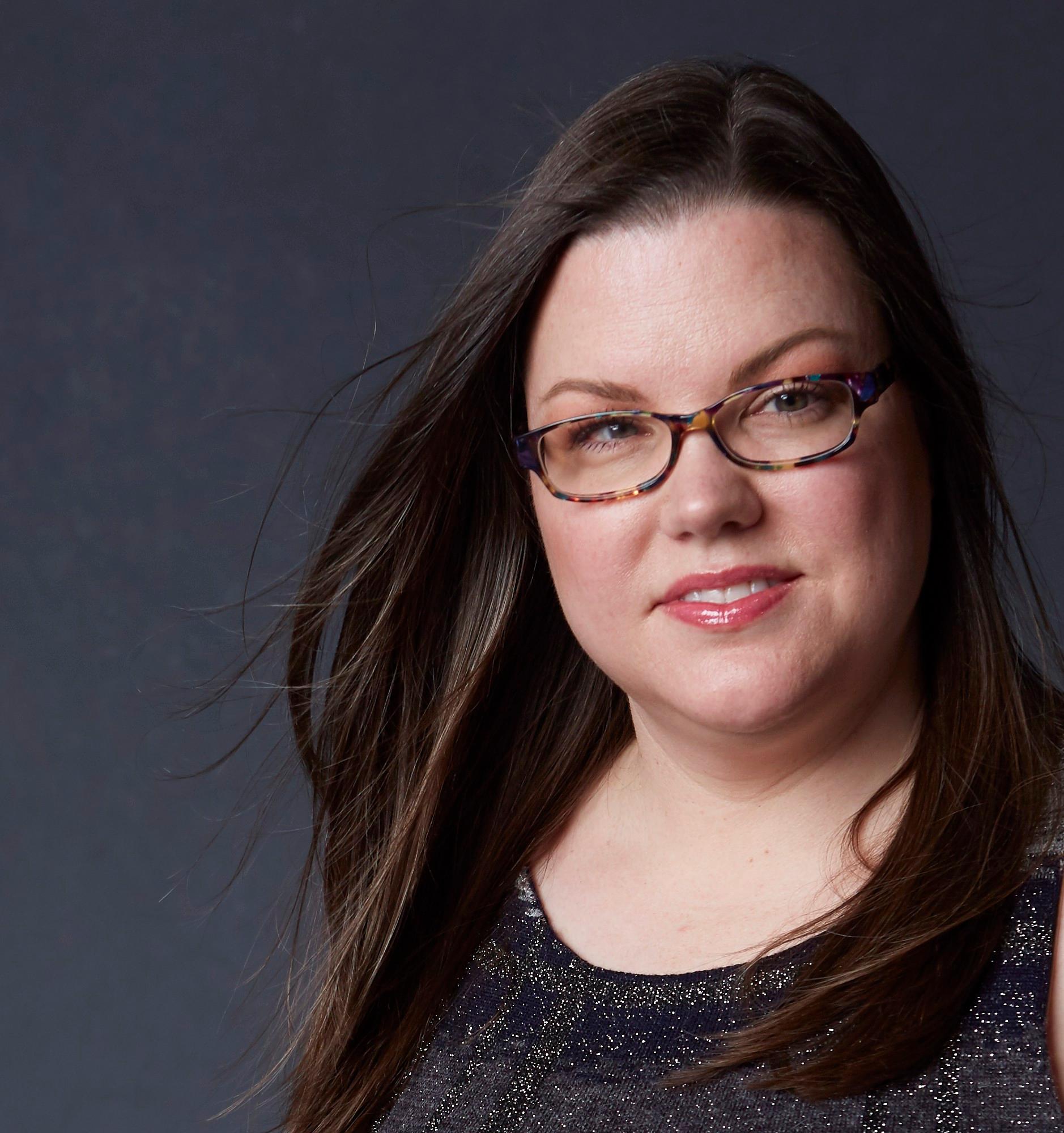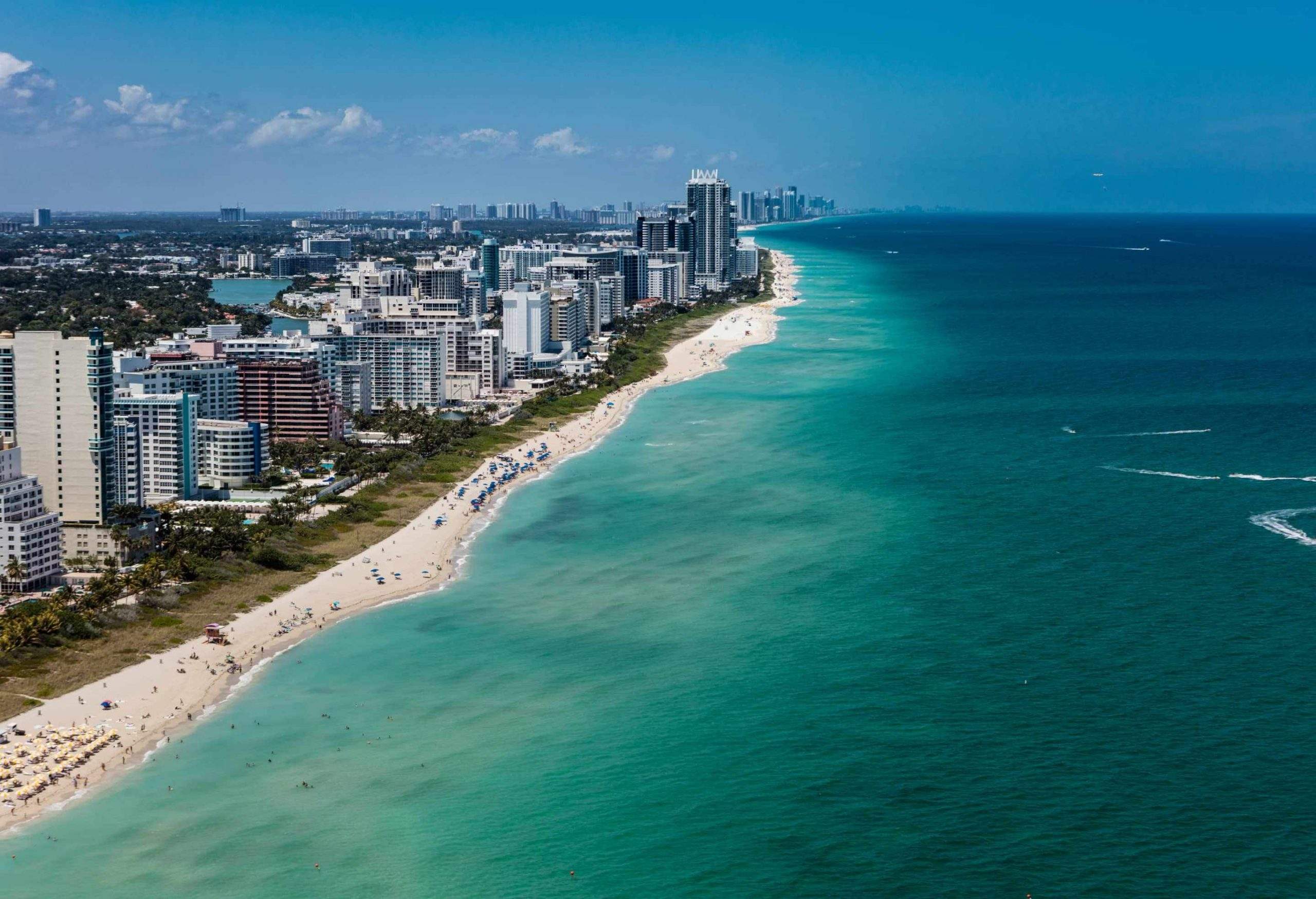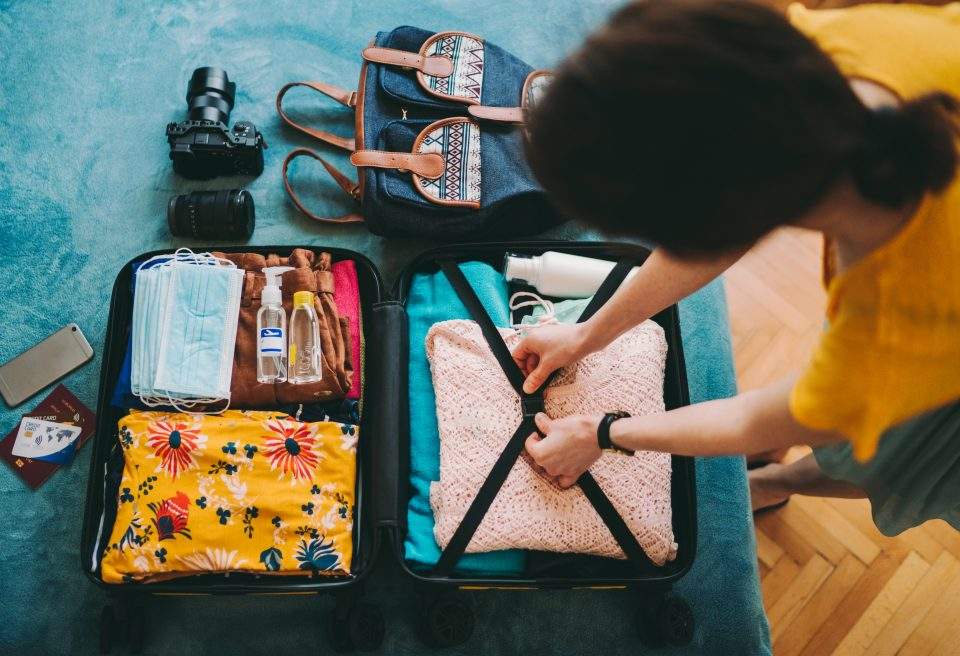Next stop: Cuba. For many Americans, planning a trip to Cuba will soon be as easy as booking a trip anywhere else in the Caribbean.
Just 90 miles from Key West, Fla., Cuba has been so close but just out of reach for many Americans. The United States imposed an embargo on Cuba in 1960 and broke diplomatic relations in 1961. Current regulations do not permit U.S. citizens to spend money or receive gifts in Cuba, essentially making travel by ordinary tourists illegal.
However, President Barack Obama’s announcement in September 2015 of the easing of travel, commerce and investment restrictions to Cuba has brought the dream of a Cuban vacay closer than ever. Though the American embargo remains in place, these changes allow more Americans to travel to Cuba — from family members having the ability to see their relatives more often to cruise ships being able to travel directly from the U.S. to Cuba without having to make a stop in another country first.
As we count down the days until we can jet off to Cuba for a quick getaway, here is how to plan a trip to this sought-after destination:
Stay up-to-date on regulations
“Significant limitations and requirements remain in place concerning air transportation and travel between the United States and Cuba,” said Caitlin Harvey of the U.S. Department of Transportation. “Travelers are encouraged to check with applicable U.S. Government agencies to ensure their travel plans comply with regulations and requirements of those agencies, and with applicable laws of the United States. Such agencies include, but are necessarily limited to, the Departments of Commerce, Homeland Security, State, and Treasury. Travelers should also ensure that they comply with Cuban government requirements.”
Harvey said travelers to Cuba can find additional information from the Cuban Embassy in Washington, D.C. Information on U.S. government and Cuban government requirements can be found at the Department of State’s website too.
Get permission to go
An American wishing to travel to Cuba still needs to get permission and a license to go. The U.S. Office of Foreign Assets Control issues general licenses that permit U.S. citizens to travel to Cuba, provided it falls within one of 12 categories:
- Family visits
- Official business of the U.S. government, foreign governments and certain intergovernmental organizations
- Journalistic activity
- Professional research and professional meetings
- Educational activities
- Religious activities
- Public performances, clinics, workshops, athletic and other competitions and exhibitions
- Support for the Cuban people
- Humanitarian projects
- Activities of private foundations or research or educational institutes
- Exportation, importation, or transmission of information or information materials
- Certain authorized export transactions
This video offers tips, including who can travel to Cuba, how to get a visa and how to get to Cuba.
Take health precautions and be up to date on immunizations
Before embarking on any trip, the Centers for Disease Control and Prevention recommends being up-to-date on routine vaccinations, which include the following:
- Measles-mumps-rubella (MMR)
- Diphtheria-tetanus-pertussis
- Varicella (chickenpox)
- Polio
- flu shot (yearly)
The following travel vaccinations are recommended for most travelers:
- Typhoid
- Hepatitis A
The following travel vaccinations are recommended for some travelers:
- Rabies
- Hepatitis B
Also, according to the Centers for Disease Control and Prevention, Zika outbreaks have been reported in Cuba.
Book your flights
Earlier this year, the U.S. Department of Transportation approved six domestic airlines – American Airlines, Frontier Airlines, jetBlue Airways, Silver Airways, Southwest Airlines and Sun Country Airlines – to begin scheduled flights between Miami, Fort Lauderdale, Fla., Chicago, Philadelphia and Minneapolis/St. Paul and nine Cuban cities: Camagüey, Cayo Coco, Cayo Largo, Cienfuegos, Holguín, Manzanillo, Matanzas, Santa Clara and Santiago de Cuba. A decision on which airlines will be selected to fly to Havana, Cuba is expected later this year.
“While the new aviation arrangement between the United States and Cuba reflects a major step forward in President Obama’s policy of engagement with Cuba, the Department recognizes that significant limitations and requirements remain in place concerning air transportation between the two countries. For example, travel for tourist activities remains prohibited by statute,” said Harvey of the U.S. Department of Transportation’s press office. “Any award of authority in this proceeding will not relieve parties from complying with the applicable requirements and regulations of other U.S. agencies, and with all applicable laws of the United States.”
The Department of Transportation Cuba Non-Havana Fact Sheet provides additional information about future flights. Prospective travelers should also review OFAC’s Frequently Asked Questions Related to Cuba.
Sun Country Airlines is working on its plans for beginning service from Minneapolis – St. Paul International Airport to Santa Clara and Matanzas.
“We have not yet announced a start date for our Cuba service as we are still working through the logistics regarding the limitations of our trade embargo with Cuba,” said Kelsey Dodson-Smith, Director of Marketing at Sun Country Airlines.
Silver Airways will be operating flights from Fort Lauderdale to all nine Cuban destinations beyond Havana. The first Silver Airways Cuba flights from Fort Lauderdale, Fla. to Santa Clara, Cuba began Sept. 1, 2016, according to Misty Pinson, Director of Communications at Silver Airways.
Passengers who meet the criteria for traveling to Cuba can book flights on jetBlue from Fort Lauderdale-Hollywood International Airport to Santa Clara (flights began August 31), to Camaguey (flights begin Nov. 3, 2016) and to Holguin (flights begin Nov. 10, 2016).
Book accommodations
Whether you opt to stay in a hotel or bunk at an Airbnb, there are plenty of options. There are many hotels in Havana, like the Hotel Nacional, where Winston Churchill and Frank Sinatra once stayed, but a more authentic experience can be had by renting a homeshare from locals or staying in a casa, locally run bed-and-breakfast style accommodation.
Enroll in STEP
Enroll in the Smart Traveler Enrollment Program (STEP), a free service from the U.S. Department of State’s Bureau of Consular Affairs that allows U.S. citizens and nationals traveling abroad to enroll their trip with the nearest U.S. embassy or consulate. The service makes it easier for the U.S. embassy to contact travelers in case of an emergency, national disaster, civil unrest, or family emergency, and helps family and friends get in touch in case of an emergency.
Get cash
There are three currencies that are used in Cuba: Cuban state currency, which the locals use; Cuban convertible pesos (CUC, pronounced “cook”) that is known as the “tourist” currency and is pegged to the U.S. dollar one to one; and U.S. dollars, which many street vendors will gladly accept.
Most U.S.-issued credit and debit cards do not work in Cuba so bring plenty of cash. Travelers are subject to daily spending limits in Cuba. American citizens can only import up to $400 worth of goods from Cuba, of which no more than $100 can consist of tobacco and alcohol products combined, according to the U.S. Department of State Bureau of Consular Affairs. Also, it’s a good idea to spend all the CUC you have, since it is illegal to bring any amount back to the U.S.
Be prepared to be offline
There is almost no access to the internet in Cuba, but if you insist on getting online, there is a library in Havana that offers dial-up internet for $6 an hour. Hotels offer pricey internet too, but it can be frustratingly slow. Same goes for cellular service.
Brush up on your Spanish
Non-Spanish speaking travelers who venture outside Havana can expect a language barrier as Spanish is the official language. Employees at hotels tend to speak conversational English.
Enjoy Cuba
There is plenty of authenticity accessible to visitors. Here are 15 quintessential things to do in Cuba.
- Sample Cuban cuisine like an alfresco meal at Doña Eutimia or a Cuban sandwich at La Nacional in Havana (or anywhere on the island).
- Take a Coco taxi (a motorcycle taxi that resembles a coconut).
- See cigar rollers in action (and smoke one if you wish!).
- Try a Canchánchara, a refreshing Cuban cocktail of rum, lime, honey and ice, in Trinidad, Cuba.
- Drink an espresso con leche at a coffee shop.
- People watch and shop for souvenirs along the Malecón, an expansive esplanade popular with many locals.
- Ride in a classic car.
- Sip a Daiquiri, a blend of Havana Club rum, lemon juice, white sugar, ice and maraschino, at El Floridita in Havana, famous as the local regular haunt of Ernest Hemingway, complete with a bronze statue of him at his bar stool (it was here where Papa wrote “For Whom the Bell Tolls”).
- Sample Cuban rum.
- Step back in time at the Hotel Nacional in Havana.
- Go to a baseball game.
- Eat at a palador like La Guarida, private, family-run restaurants in private homes that gained legal status in Cuba in the early 1990s. La Guarida is at 418 Concordia in Central Havana.
- Visit Finca La Vigia, Hemingway’s house.
- Indulge in a scoop of ice cream at the worn-around-the-edges, state-run Coppelia Ice Cream Parlor, the largest ice cream parlor in Cuba, where locals gather to enjoy ice cream in the garden at the corner of 23rd Street and L Street.
- Play dominoes or watch the locals in action in the square in downtown Havana near the post office.
For more Cuba travel tips, we talked to some Americans who have been there. Check out their first-hand tips and what to expect going to Cuba as an American.
Is Cuba on your bucket list? Or have you already been? Share your tips in the comments.
Main image: iStockphoto/Roxana Gonzalez






